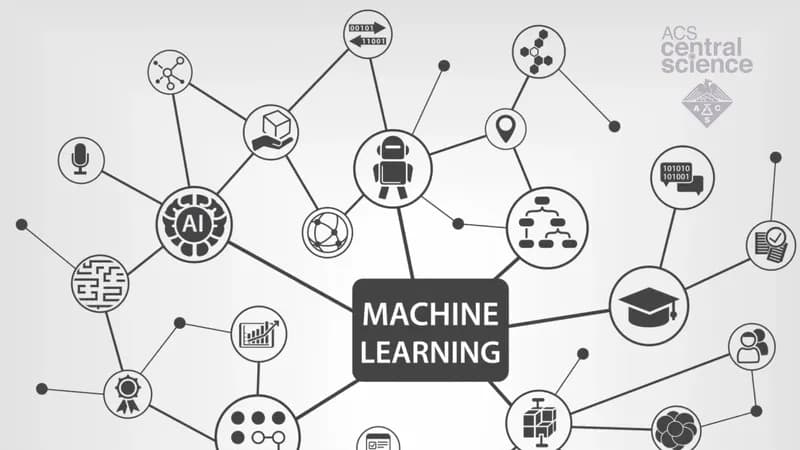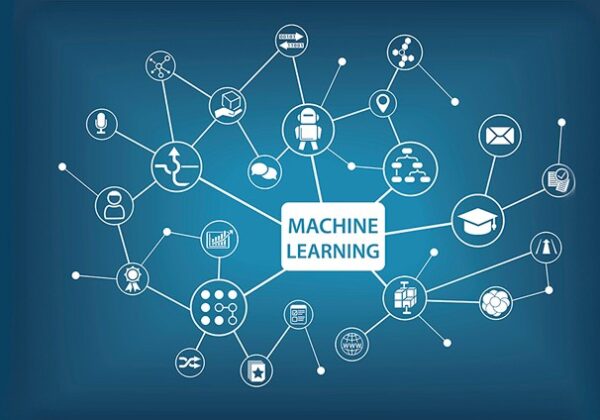Machine learning (ML) reasoning involves applying machine learning models to datasets and generating outputs or “predictions”. This output may be a number fraction, a text string, an image, or any other structured or unstructured data.
Generally, machine learning models are software codes that implement mathematical algorithms. The machine learning inference process deploys this code into the production environment, making it possible to generate predictions on the input provided by the actual end-user.
When an ML model is run in production, it is usually described as artificial intelligence (AI) because it performs functions similar to human thinking and analysis. Machine learning reasoning basically requires the deployment of software applications into the production environment, because ml models are usually just software code that implements mathematical algorithms. This algorithm is based on the features of data, which are called “features” in ML terminology.
Table of Contents
What Is a Machine Learning Inference Server?
The machine learning inference server or engine executes your model algorithm and returns an inference output. The working model of the inference server is to accept the input data, transfer it to the trained ML model, execute the model, and then return the inference output.
The ML inference server requires an ML model creation tool to export models in a file format that the server can understand. For example, the apple core ml inference server can only read with The model stored in the model file format. If you use TensorFlow to create your model, you can use the TensorFlow conversion tool to convert your model to Mlmodel file format.
You can use the open neural network exchange format (Onnx) to improve file format interoperability between various ml inference servers and your model training environment. Onnx provides an open format for representing deep learning models and provides vendors supporting Onnx with greater model portability between ml inference servers and tools.
How Does Machine Learning Inference Work?

A data source is usually a system that captures real-time data from the mechanism that generates the data. For example, a data source might be an Apache Kafka cluster that stores data created by the Internet of things (IOT) devices, web application log files, or point of sale (POS) machines. Or the data source might just be a web application that collects user clicks and sends the data to the system hosting the ML model.
The host system of the ML model accepts the data from the data source and inputs the data into the ML model. The host system provides the infrastructure to transform the code in the ML model into a fully operational application. After the output is generated from the ML model, the host system sends the output to the data destination. The host system can be, for example, a web application that accepts data input through a rest interface, or a stream processing application that receives incoming data feeds from Apache Kafka to process many data points per second.
The data destination is where the host system should deliver ML model output scores. The target can be any type of data repository, such as Apache Kafka or a database, from which downstream applications take further action on scores. For example, if the ML model calculates fraud scores for purchase data, the application associated with the data destination may send an “approve” or “reject” message to the purchase site.
Deploying machine learning inference requires three main components: the data source, the system hosting the ML model, and the data destination.
Data Source
Data sources obtain real-time data from internal data sources managed by the organization, external data sources, or users of applications.
Examples of common data sources for ML applications are log files, transactions stored in a database, or unstructured data in a data lake.
Destination of Data
The data destination is the target of the ML model. It can be any type of data repository, such as a database, a data lake, or a stream processing system that provides data for downstream applications.
For example, a data destination can be a database of a web application that stores predictions and allows end-users to view and query. In other scenarios, the data destination may be a data lake where predictions are stored for further analysis by big data tools.
Host System
The host system of the ML model receives the data from the data source and provides it to the ML model. It provides the infrastructure on which ML model code can run. After the ML model generates outputs (predictions), the host system sends these outputs to the data destination.
Common examples of host systems are: API endpoints receive input through rest APIs, web applications receive input from human users, or stream processing applications process a large amount of log data.
Challenges of Machine Learning Inference
When building ml inference, you may face three main challenges:
Interoperability
When developing ml models, the team uses frameworks such as TensorFlow, PyTorch, and Keras. Different teams may use different tools to solve their specific problems. However, these different models need to work well together when running inference in a production environment. The model may need to run in different environments, including client devices, edge devices, or the cloud.
Containerization has become a common practice, which can simplify the deployment of models to production. Many organizations use Kubernetes to deploy models on a large scale and organize them into clusters. Kubernetes makes it possible to deploy multiple inference server instances and scale them as needed. Across public clouds and local data centers.
Delay
A common requirement for reasoning systems is the need for the maximum delay:
Mission-critical applications often require real-time inference. Examples include autonomous navigation, critical material handling, and medical devices.
Some use cases can tolerate higher delays. For example, some big data analysis cases do not require an immediate response. These analyses can be run in batches based on the frequency of inferred queries.
Infrastructure Cost
Reasoning cost is the key factor for the effective operation of the machine learning model. Ml models are usually computed intensive, requiring GPU and CPU running in the data center or cloud environment. It is important to ensure that the inferred workload takes full advantage of the available hardware infrastructure and minimizes the cost of each inference. One method is to run queries concurrently or in batches.
Final Words
Generally, machine learning models are software codes that implement mathematical algorithms. The machine learning inference process deploys this code into the production environment, making it possible to generate predictions on the input provided by the actual end-user.
The ML lifecycle can be divided into two main, distinct parts. The first is the training phase, in which the ML model is created or “trained” by running a specified subset of data in the model. Ml inference is the second stage. In this stage, the model operates on real-time data to produce operable output. The data processing of ML model is usually called “scoring”, so it can be said that ML model scores the data and the output is a score.
Ml inference is generally deployed by Devops engineers or data engineers. Sometimes, the data scientist responsible for training the model is required to have an ML reasoning process. The latter situation usually creates a major obstacle when entering the ML inference phase, because data scientists are not necessarily good at deploying systems. Successful ml deployment is usually the result of close collaboration between different teams, and new software technologies are often deployed to simplify the process. An emerging discipline called “mlops” began to devote more structure and resources to putting ml models into production and maintaining them when changes were needed.




